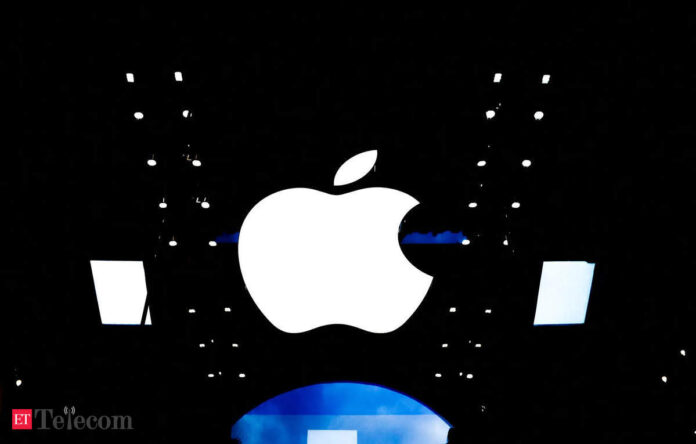In Short:
India aims to become a global hub for semiconductor manufacturing, but faces challenges like a lack of skilled workers and slow logistics. Anand Nambiar from Merck Electronics highlights the need for local talent and support from abroad. While recent initiatives and investments are promising, developing a local semiconductor materials industry requires significant efforts and government incentives for companies to upgrade their capabilities.
Challenges Facing India’s Semiconductor Ambition
New Delhi: The aspiration of India to become a global hub for semiconductor manufacturing faces significant challenges, notably the scarcity of a skilled workforce and sluggish logistics operations. These concerns were highlighted by Anand Nambiar, Chief Commercial Officer of Merck Electronics, during an interview with ETTelecom.
Talent Acquisition Issues
Nambiar emphasized that the talent pool remains a acute constraint, particularly in a nascent industry like semiconductors. He noted, “There will be people coming from abroad, bringing in expertise, and a large Indian diaspora repatriating back to India to support the (nascent) industry.” Merck Electronics, part of the German pharmaceutical giant Merck, which boasts annual sales of €21 billion, provides specialty chemicals and materials for the semiconductor and display sectors.
Positive Developments
Despite these challenges, the company maintains an optimistic outlook on the recent advancements in chip manufacturing in India, including a semiconductor fabrication facility set up by a subsidiary of the Tata Group. Additionally, Merck is collaborating with IIT Bombay and several other institutions for fundamental research initiatives.
Market Opportunities
Nambiar acknowledged that while India currently does not play a significant role in the semiconductor front-end materials ecosystem, it represents a substantial opportunity. He stated, “Global customers are looking for better cost solutions and sustainable materials.” However, he cautioned that significant efforts are required to establish a robust semiconductor-grade chemical industry in India, given that purity requirements are considerably higher than current standards.
Government Initiatives and Future Outlook
In 2021, the government led by Prime Minister Narendra Modi introduced a ₹76,000 crore scheme aimed at attracting semiconductor and display manufacturers to India. Recently, the government approved five proposals involving companies like Tata-PSMC, Micron, and Kaynes Technology, culminating in a combined investment of approximately ₹1.52 lakh crores.
Industry experts underscore that establishing a local semiconductor materials industry, capable of handling hazardous chemicals, will be a formidable long-term endeavor. Nambiar stressed the importance of government incentives for local companies to enhance their equipment, workforce, and toolsets to produce semiconductor-grade materials.
Safety and Regulatory Concerns
Additionally, he pointed out the critical concern involving the use of pyrophoric and volatile materials, which pose risks of explosion and potential injuries if managed by inadequately trained personnel. According to industry estimates, the global semiconductor chemicals market is projected to reach $21.9 billion by 2028.
Call for Government Support
Nambiar concluded that the next necessary step for India is to cultivate an ecosystem around semiconductor fabrication facilities. He called upon the government to streamline processes and customs clearances, facilitating the swift import of spare parts and manufacturing materials.
The semiconductor chemicals market is currently dominated by a few financially stable corporations with diverse product offerings, including JSR Corp, DuPont, Dow, Honeywell, and Eastman Chemical Company.




